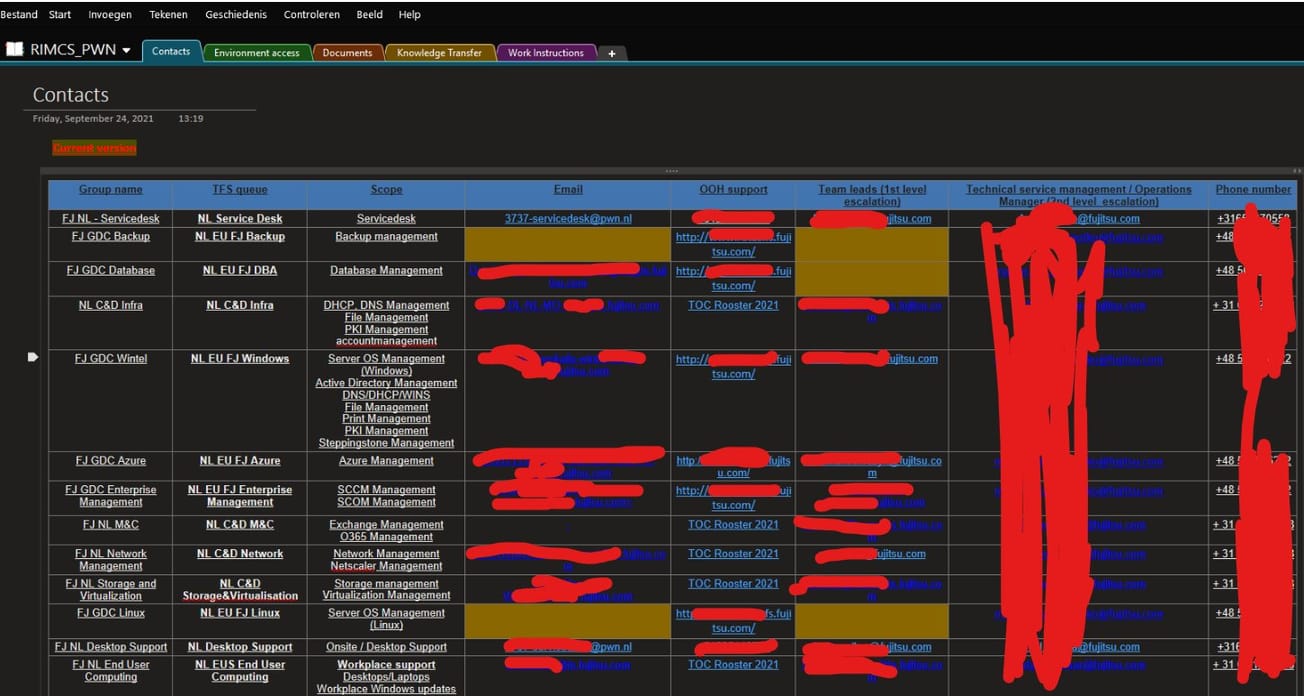AMD took another big swing at Intel’s datacentre dominance last quarter, with more than 130 public cloud instances launching on the firm’s CPUs in the period. Amazon, Microsoft, Google, Alibaba and IBM all launched new AMD-based instances, the chipmaker revealed during its Q4 earnings call yesterday.
The firm’s current third-generation EPYC processors have made significant inroads into Intel’s datacentre business, with AMD’s server market share hitting 16% last year, according to Omida. Samples of AMD’s fourth-gen Genoa chips are already reaching cloud providers, with chip images leaking last month.
See also: AMD launches EPYC 3, “world’s fastest” server CPU
With quarterly revenue up 49% year-on-year to $4.8bn and gross profit up 67% to $2.4bn, AMD had a strong quarter to close out a strong year, with full-year revenue up 68% to $16.4bn. In Q4 AMD’s Enterprise, Embedded and Semi-Custom revenue grew 75% to $2.2bn, with EPYC CPU sales driving a significant portion of this.
“The growth will be led by server,” said AMD CEO Dr Lisa Su on the firm’s earnings call. “We exited 2021 with datacentre revenue contributing a mid-20 percentage of overall revenue, and we expect 2022 to be another year of significant growth based on the strong customer demand signals for our current and next-generation products.”
Su also announced China's regulator gave approval for AMD's acquisition of Xilinx late last month: "We were pleased to announce that China's State Administration for Market Regulation approved the transaction on January 27th. The only remaining regulatory approval required is FTC approval of our HSR refiling, and we expect to close the transaction in the first quarter of 2022."
The $35bn all-share deal, first announced in October 2020, will add FPGA-pioneer Xilinx's silicon expertise to AMD's own abilities, giving it an edge in chip design. This will be crucial as the gains from traditional performance bumps, driven by increasingly-difficult die miniaturisation, diminish.
Even without Xilinx, AMD’s advances in chip design have enabled it to offer superior performance per watt to Intel’s server offerings, especially when it comes to multi-core performance. Analysis last year by Cockroach Labs showed AMD-powered cloud instances beating Intel versions in 16-core performance tests (although Amazon’s Arm-based Graviton2 chips beat both of them).
“This is bad news for Intel, as the industry gravitates toward the idea that more is better. While single-core performance is important for some types of applications, complex applications — particularly cloud based ones — benefit from multi-core CPUs. This is especially valuable as applications become more feature-rich, which creates added demand. Combined with the fact that AMD (and ARM) CPUs use less power, it’s not surprising that major cloud vendors invest significantly into their AMD offerings,” noted Cockroach Labs’ John Kendall.
Follow The Stack on LinkedIn
AMD’s Su said on the earnings call: “On the cloud side, we're in 10 of the largest hyperscalers in the world are using AMD. As they get familiar with us over multiple generations, they're expanding the workloads that they're using AMD on. So we see that across internal and external workloads.”
She also noted the firm’s datacentre graphics revenue more than doubled, driven by HPC demand: “We are seeing growing customer engagements for our datacentre GPUs based on the leadership AI and HPC performance of our new MI200 accelerators, highlighted by multiple supercomputing wins and an expanded set of platforms on track to launch from Asus, Dell, HP, Lenovo, Super Micro and others starting later this quarter.”
AMD’s earnings release provided some details on the new cloud instances launched on its chips: “AWS introduced the new Amazon EC2 Hpc6a instances that make high performance computing more accessible for customers with compute-intensive workloads and the new general-purpose Amazon EC2 M6a instances; Google Cloud launched multiple general purpose and compute- and memory-intensive instances; IBM Cloud launched new bare metal service offerings for demanding workloads and solutions; and Microsoft Azure announced the latest generation of Dasv5 and Easv5 Azure Virtual Machines (VMs) and new confidential VMs, DCasv5 and ECasv5.”









